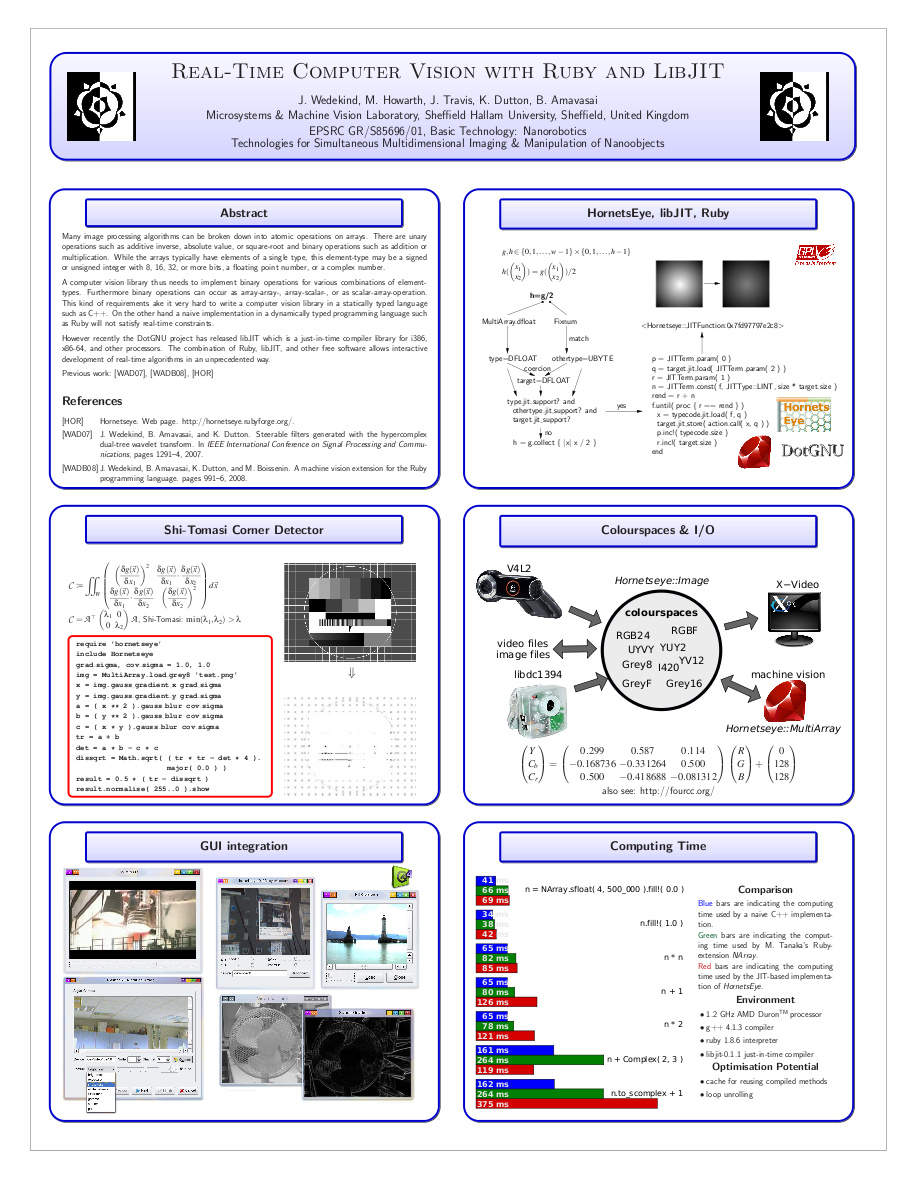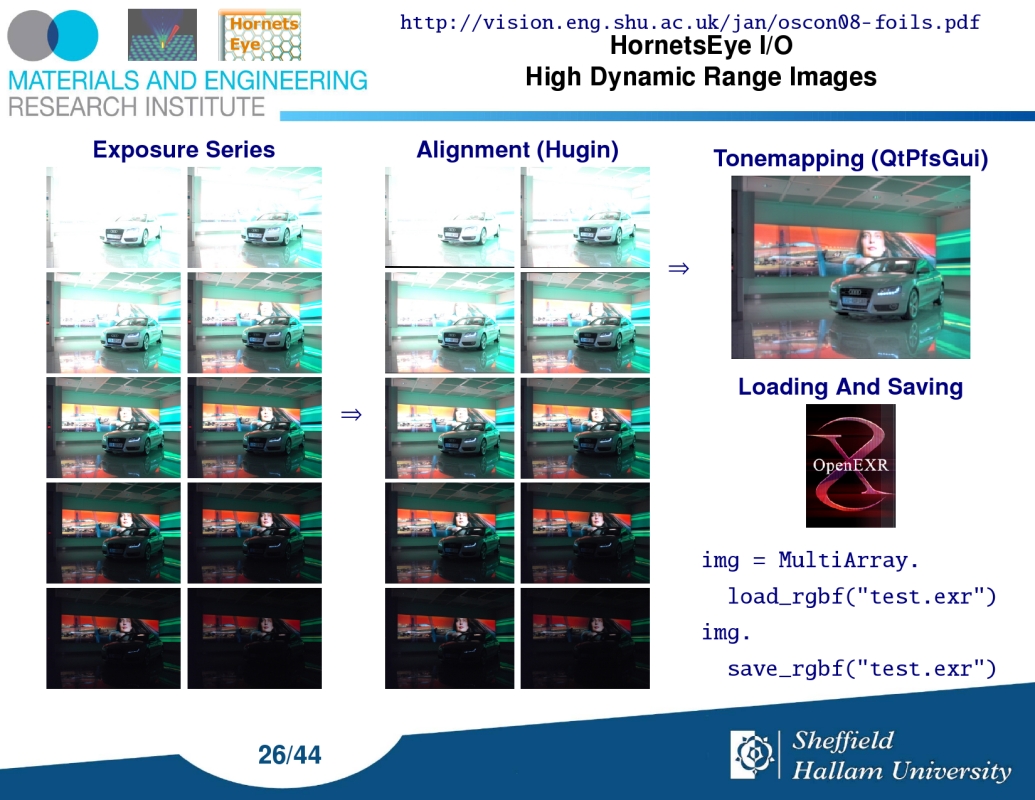HornetsEye
(Difference between revisions)
m (→External Links) |
m |
||
| Line 8: | Line 8: | ||
|- | |- | ||
|[[Image:Mrcrubytem08.jpg|thumb|240px|Seminar presentation [http://vision.eng.shu.ac.uk/jan/mrcrubytem08.pdf Machine vision and device integration with the Ruby Programming Language]]] | |[[Image:Mrcrubytem08.jpg|thumb|240px|Seminar presentation [http://vision.eng.shu.ac.uk/jan/mrcrubytem08.pdf Machine vision and device integration with the Ruby Programming Language]]] | ||
| − | |||
| − | |||
| − | |||
|- | |- | ||
|<html><div class="thumb tright"><div style="width:240px;"><object type="application/x-shockwave-flash" data="http://www.youtube.com/v/wNFr7RNWeCs" width="240" height="204"><param name="movie" value="http://www.youtube.com/v/wNFr7RNWeCs"/></object><div class="thumbcaption">New video demonstrating HornetsEye capabilities (available as <a href="http://vision.eng.shu.ac.uk/jan/hornetseye2010.avi">45.6 MByte H.264-video</a>)</div></div></div></html> | |<html><div class="thumb tright"><div style="width:240px;"><object type="application/x-shockwave-flash" data="http://www.youtube.com/v/wNFr7RNWeCs" width="240" height="204"><param name="movie" value="http://www.youtube.com/v/wNFr7RNWeCs"/></object><div class="thumbcaption">New video demonstrating HornetsEye capabilities (available as <a href="http://vision.eng.shu.ac.uk/jan/hornetseye2010.avi">45.6 MByte H.264-video</a>)</div></div></div></html> | ||
Revision as of 21:07, 16 April 2011
Scanning barcodes with a webcam (also available as 6.9 MB DivX4 video) |
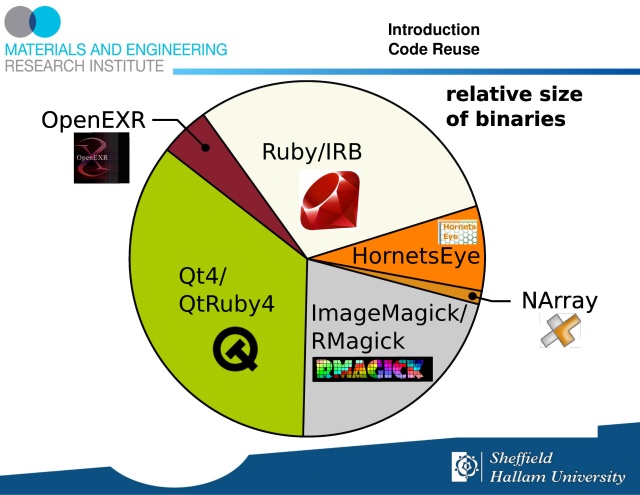 Seminar presentation Machine vision and device integration with the Ruby Programming Language |
New video demonstrating HornetsEye capabilities (available as 45.6 MByte H.264-video) |
Contents |
Introduction
HornetsEye is a Ruby-extension for developing video processing and real-time computer vision software under GNU/Linux offering interfaces to do image- and video-I/O with RMagick, Xine, firewire digital camera, and video for Linux. A new class of unprecedented solutions and a new way of working becomes conceivable when applying a dynamically typed, object-oriented language like Ruby to computer vision.
Download
![]() Check the installation instructions on how to obtain and install HornetsEye.
Check the installation instructions on how to obtain and install HornetsEye.
Software Engineering
HornetsEye brings the functionality of existing powerful free software packages into Ruby. HornetsEye also tries to make existing Ruby extension operate with each other to enable the development of novel solutions:
-
 Qt4-QtRuby,
Qt4-QtRuby, 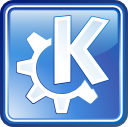 Korundum: QtRuby and Korundum can be used to develop graphical user interfaces and desktop applications with Qt4 and KDE4.
Korundum: QtRuby and Korundum can be used to develop graphical user interfaces and desktop applications with Qt4 and KDE4.
-
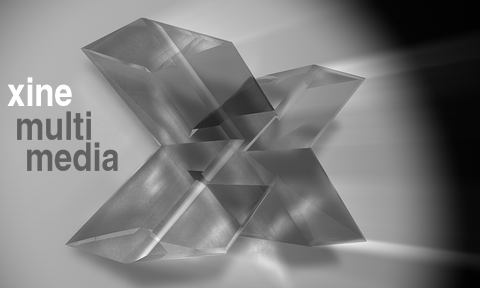 Xine: Using Xine one can read virtually any video file and it is even possible to read streaming videos.
Xine: Using Xine one can read virtually any video file and it is even possible to read streaming videos.
-
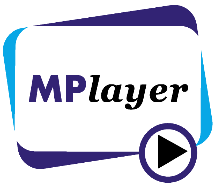 MPlayer: MPlayer is a player which can be used to read video files under GNU/Linux as well as Microsoft Windows.
MPlayer: MPlayer is a player which can be used to read video files under GNU/Linux as well as Microsoft Windows.
-
 Mesa: Mesa is used for OpenGL-accelerated display of images.
Mesa: Mesa is used for OpenGL-accelerated display of images.
-
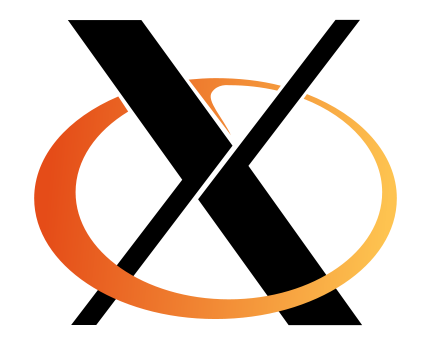 X.Org: X.Org is used for 24-bit true colour display as well as for hardware accelerated video display under GNU/Linux
X.Org: X.Org is used for 24-bit true colour display as well as for hardware accelerated video display under GNU/Linux
-
 Gnuplot: Gnuplot is used for plotting histograms and 3D profiles.
Gnuplot: Gnuplot is used for plotting histograms and 3D profiles.
-
 NArray: There are datatype conversions to make use of Masahiro Tanaka's NArray. NArray is an implementation of n-dimensional arrays for Ruby.
NArray: There are datatype conversions to make use of Masahiro Tanaka's NArray. NArray is an implementation of n-dimensional arrays for Ruby.
-
 OpenCV: There are datatype conversions to make use of OpenCV::CvMat. OpenCV can be used from within Ruby using Masakazu Yonekura's OpenCV Ruby-extension.
OpenCV: There are datatype conversions to make use of OpenCV::CvMat. OpenCV can be used from within Ruby using Masakazu Yonekura's OpenCV Ruby-extension.
-
 FFTW. The fftw-library can is maybe the fastest library for performing discrete Fourier transforms.
FFTW. The fftw-library can is maybe the fastest library for performing discrete Fourier transforms.
-
 RMagick: The RMagick Ruby-extension allows to use the powerful Magick++ library in Ruby for loading and saving images.
RMagick: The RMagick Ruby-extension allows to use the powerful Magick++ library in Ruby for loading and saving images.
-
 libdc1394: Using libdc1394 one can make use of a large choice of firewire digital cameras.
libdc1394: Using libdc1394 one can make use of a large choice of firewire digital cameras.
-
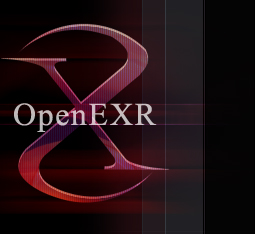 OpenEXR: The OpenEXR library is used for saving and loading high dynamic range images.
OpenEXR: The OpenEXR library is used for saving and loading high dynamic range images.
-
 Boost: The Boost Library offers smart pointers to do exception safe programming, multi-dimensional arrays, template meta-programming, abstract data types for linear algebra and many other programming concepts. The Boost library is going to be part of a future C++ standard.
Boost: The Boost Library offers smart pointers to do exception safe programming, multi-dimensional arrays, template meta-programming, abstract data types for linear algebra and many other programming concepts. The Boost library is going to be part of a future C++ standard.
-
 STL: The software makes use of the Standard Template Library
STL: The software makes use of the Standard Template Library
-
 Ruby programming language
Ruby programming language
-
 Bazaar: Bazaar is used for version control. You can access the repository on the
Bazaar: Bazaar is used for version control. You can access the repository on the 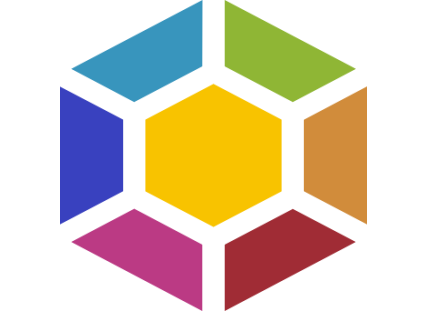 Launchpad site (see Bazaar Quick Start Card (PDF, PNG) or Bazaar User Guide if you want to know more about using Bazaar).
Launchpad site (see Bazaar Quick Start Card (PDF, PNG) or Bazaar User Guide if you want to know more about using Bazaar).
-
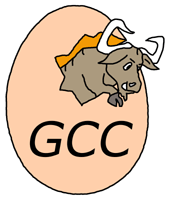 Gcc: gcc is the C++ compiler of the GNU project.
Gcc: gcc is the C++ compiler of the GNU project.
-
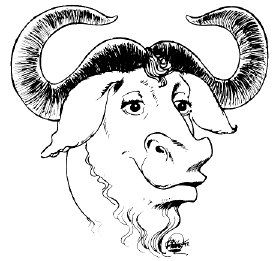 autoconf, automake and make: make, autoconf and automake are used to configure and perform the build of the software on GNU/Linux as well as Microsoft Windows.
autoconf, automake and make: make, autoconf and automake are used to configure and perform the build of the software on GNU/Linux as well as Microsoft Windows.
-
 Natural Docs: Natural Docs is used to create the HTML documentation.
Natural Docs: Natural Docs is used to create the HTML documentation.
-
 NSIS: The Windows installer is generated with Nullsoft Scriptable Install System.
NSIS: The Windows installer is generated with Nullsoft Scriptable Install System.
-
 DotGNU: The JIT library of the DotGNU project is repurposed for generating image processing code at runtime.
DotGNU: The JIT library of the DotGNU project is repurposed for generating image processing code at runtime.
See Also
- Interactive Presentation Software
- Just-in-time compiler
- Lucas-Kanade tracker
- Hypercomplex Wavelets
- Qt4-QtRuby installer for Microsoft Windows
- TEM vision software
-
 Mimas
Mimas
External Links
-
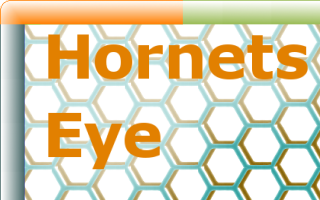 HornetsEye homepage
HornetsEye homepage
-
 HornetsEye at Launchpad
HornetsEye at Launchpad
-
 HornetsEye at Rubyforge
HornetsEye at Rubyforge
-
 HornetsEye at Sourceforge
HornetsEye at Sourceforge
-
 SWIG (Simplified Wrapper and Interface Generator)
SWIG (Simplified Wrapper and Interface Generator)
